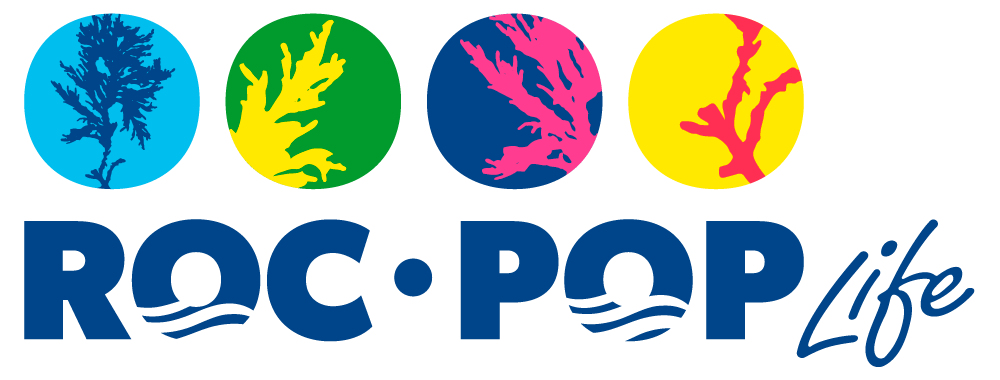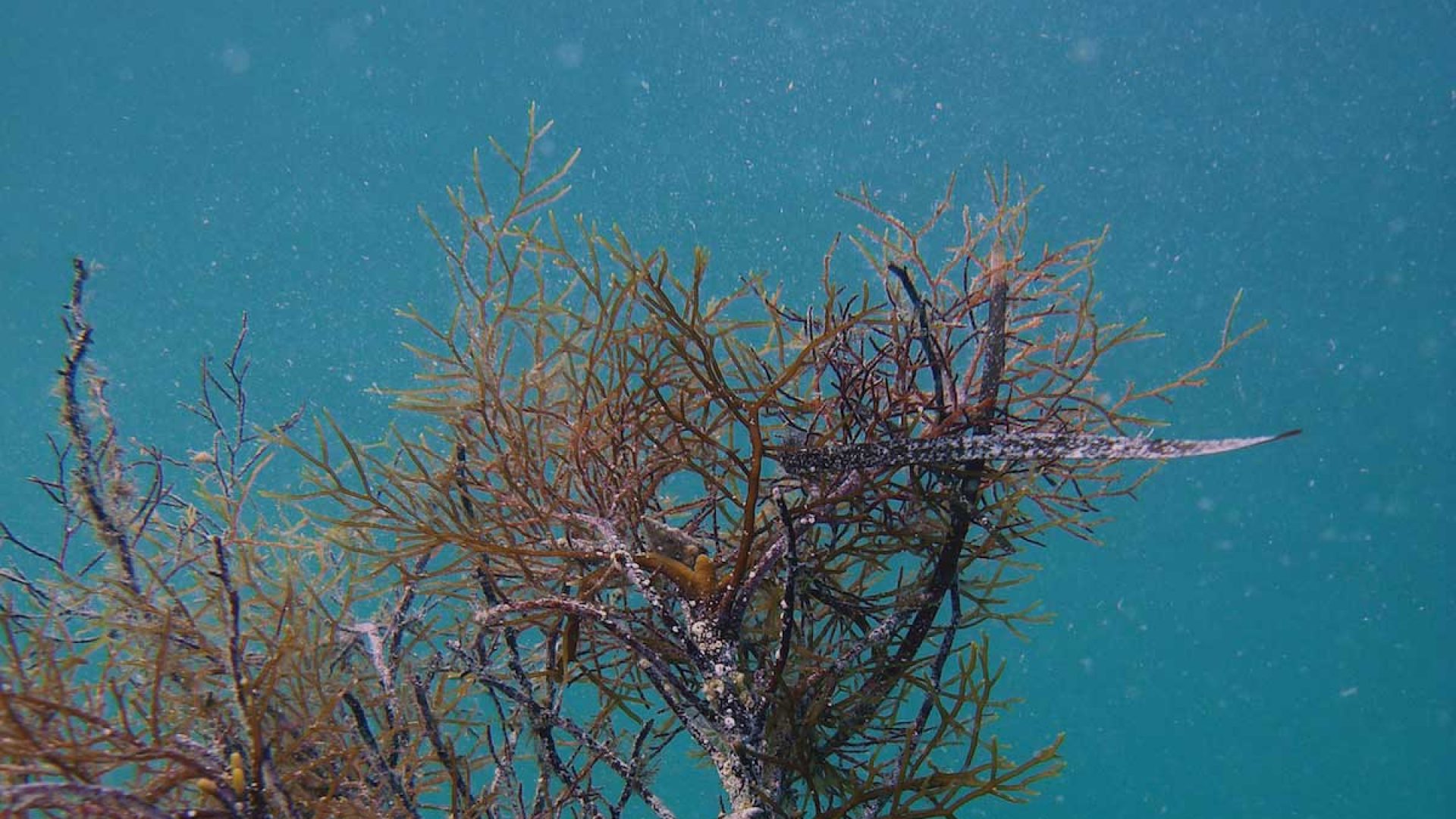Description
This action is necessary (and mandatory) to assess project effectiveness and will examine data derived from monitoring, to evaluate the achievement of the environmental restoration objectives in the target MPAs.
The receiving sites of the project are Cinque Terre and Miramare MPAs and in part the donor site Strunjan MPA. In particular, this action will take place in the full protection zones (A zones) of the MPAs, where anthropic activity is strictly regulated.
Cystoseira introduction represents improvement of the ecosystem functions of the three MPAs, in terms of ecologically relevant services and by providing a larger naturalistic and touristic interest, due to the dissemination activities triggered by the project. The monitoring of the follow-on of ROC-POP-LIFE project will be carried out assessing the success of the Cystoseira reintroduction and the restoration of the Habitat 1170 in the target MPAs.
The monitoring of the ecological status of the target Natura2000 sites (Miramare, Cinque Terre) will follow the protocol defined in A1 Action and will be carried out in connection with Action C.5, which will collect a part of raw data for the evaluation (video, photos, etc).
Starting from the third year, in addition to checking the state and growth of the settled specimens in the MPA, also the nearby areas will be monitored to check the status of specimens which could have settled by self-recruitment of the transplanted ones (ACTION C.5)
The evaluation of the effectiveness of the re-introduction of the three target Cystoseira species will be chiefly based on the following indicators:
1) The number and welfare of implanted specimens (i.e. survival rate, growth rate compared with reference data from natural populations in the donor or nearby sites, literature data, etc).
2) The number of self-recruited thalli that will settled in areas next to that of the reintroduction. The presence of self-recruited thalli will show evidence of the potential for self-sustenance of the introduced specimens.
3) The effectiveness of the proposed actions in terms of meeting the objectives set by the Water Framework Directive (2000/60/EC). The process activated with the restoring of the 3 Cystoseira species, indicators of good environmental quality, will trigger the recovery of the ecological status of the target MPAs. The effects of ROC-POP-LIFE on the benthic ecosystems will be evaluated assessing the achievement of the Good Ecological Status in the target Natura 2000 sites, by quality indicators specific for the macroalgae quality indicators (as stated by the WFD), such as the CARLIT index (Ballesteros et al., 2007) and EEI (Orfanidis et al., 2001, 2011), comparing the values after re-introduction with pre-existing ones.
4) On a mid-long term, the new Cystoseira meadows will form an ecological network due to the good and services produced by Cystoseira. The assessment of the economic value of Cystoseira sub-system and the MPAs natural capital will be performed by the emergy analysis, as in the in running project "Evaluation of the Environmental Accounting of the Italian Marine Protected Areas" funded by the Italian Ministry for the Environment and related to the evaluation of ecosystem goods and services. The monetary value of the MPAs habitats reflects the real ecological value of each considered habitat. In fact, with the emergy analysis, it is possible to monetize the effort spent by nature to maintain a function or to provide a service.
Emergy analysis will be used for the measurement of the value of the ecosystem before and after the Cystoseira restoration in terms of ecosystem functions and provided services. Moreover, the same methodology can be applied to human driven systems and thus allow for the direct comparison with the ecological and economic costs for the restoration process.
This will allow the integration of these evaluations in the wider environmental and economic accounting of the MPAs. The Italian MPAs involved in the ROC-POP-LIFE will update their management plan and MIRADI indicators according to the new information provided by the project.
Data will be collected in the target MPAs (VTERRE, MIRAMARE, STRUNJAN) and analysed with the collaboration of UNIGE, UNITS and PORTOFINO
This action will be conducted both before and after re-implantation to perform the baseline assessment and to measure improvement.
Action details
Action:
D.1
Timing:
30 months
Status:
Not yet active

